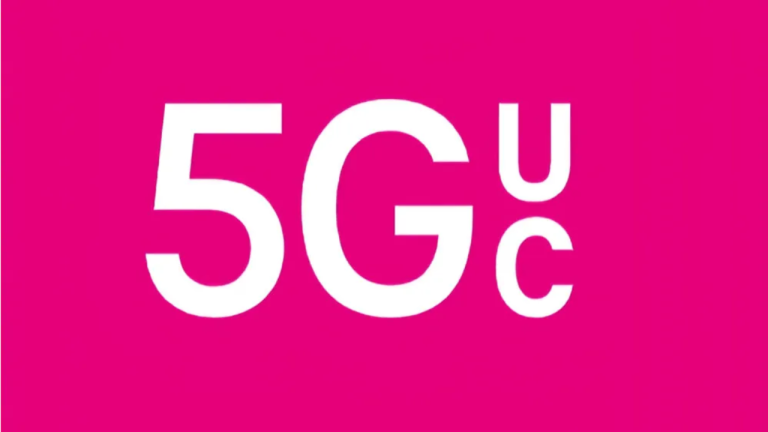How to Get Free Phone Service: What Is the Best Free Government Phone Program?

In today’s digital age, having access to phone service is essential for staying connected, accessing emergency services, and managing daily tasks. Fortunately, several government programs are designed to help individuals who meet certain eligibility criteria obtain free or discounted phone service. This comprehensive guide explores the best free government phone programs available, their benefits, and how to qualify.
What Is the Best Free Government Phone Program?

Several government programs offer free or low-cost phone service to eligible individuals. The most prominent of these programs is the Lifeline Assistance program. Administered by the Federal Communications Commission (FCC), Lifeline Assistance provides a monthly discount on phone or internet service to low-income individuals and families. Another notable program is the Affordable Connectivity Program (ACP), which extends benefits to help with the cost of internet service. Both programs aim to ensure that financial constraints do not prevent access to essential communication services.
What Is Lifeline Assistance, and How Do You Qualify?
Understanding Lifeline Assistance
Lifeline Assistance is a federal program designed to make phone and internet service more affordable for low-income households. By providing a monthly discount, Lifeline helps bridge the digital divide and ensures that everyone can stay connected, regardless of their financial situation. The program offers discounts on landline and cell phone services, as well as broadband internet.
Eligibility Criteria
To qualify for Lifeline Assistance, you must meet specific income requirements or participate in certain federal assistance programs. Generally, your household income must be at or below 135% of the federal poverty guidelines. Additionally, participation in programs such as Medicaid, Supplemental Nutrition Assistance Program (SNAP), or Federal Public Housing Assistance can also make you eligible. Each state may have different requirements, so it’s important to check local guidelines for precise details.
Best Free Phone Service Provider Through ACP/Lifeline

Assurance Wireless: A Great T-Mobile-Based Choice
Assurance Wireless is a popular choice for those seeking free phone service through the Lifeline program. As a T-Mobile provider, Assurance Wireless offers reliable coverage and high-quality service. The program provides eligible customers with a free cell phone, monthly data, and a set number of minutes and texts. Assurance Wireless also offers additional benefits like mobile hotspots and a wide range of affordable phone options for those who need them.
AT&T Prepaid: A Great Choice for AT&T Coverage
For individuals who prefer AT&T’s extensive network, AT&T Prepaid is an excellent option. Through Lifeline and ACP, AT&T provides discounted plans that include free monthly service, allowing users to stay connected without worrying about high costs. AT&T Prepaid offers various plans with different data allowances and features, ensuring that there is an option to suit various needs and preferences.
SafeLink Wireless: A Great Verizon-Based Choice
SafeLink Wireless, operated by TracFone, is another top contender for free phone service through Lifeline. Leveraging Verizon’s network, SafeLink offers robust coverage and reliable service. Eligible customers receive a free smartphone, monthly service, and a generous amount of minutes, texts, and data. SafeLink Wireless also provides options for additional data packages and international calling if needed.

Can You Get a Free iPhone?
While most government programs provide free basic phones, obtaining a free iPhone through these programs is uncommon. The Lifeline Assistance program and its providers typically offer budget-friendly smartphones rather than high-end models like the iPhone. However, some carriers and programs may offer discounts or promotions that include iPhones, but these are usually not part of the standard Lifeline or ACP offerings.
Are Free Phones Safe?
Evaluating Security and Reliability
Free phones provided through government programs are generally safe and secure. Providers ensure that these phones meet safety and quality standards. However, it’s essential to be cautious about potential risks, such as phishing scams or unauthorized access to personal information. Always ensure that you obtain your phone from a reputable provider and follow best practices for mobile security, such as setting up strong passwords and keeping your phone’s software updated.
Don’t Qualify for Lifeline? There Are Still a Few Options
Alternative Assistance Programs
If you don’t qualify for Lifeline Assistance, there are still a few options to explore. Some states and local organizations offer their own assistance programs for low-income individuals. Additionally, some mobile carriers provide discounted plans or promotions for those in need. It’s worth checking with local community organizations, non-profits, or other resources to find additional support options that might be available.
Community Resources and Discounts
Various community resources and discount programs can help bridge the gap if you don’t qualify for government assistance. Non-profits, local charities, and even some mobile carriers offer special plans or financial aid for individuals in need. Researching these options and reaching out to local organizations can provide valuable information and potential solutions for obtaining affordable phone service.
By understanding the available programs and their benefits, you can make an informed decision about the best free phone service option for your needs. Whether through Lifeline Assistance, ACP, or other community resources, numerous opportunities exist to ensure that you stay connected without breaking the bank.

Curtis, a Canadian content creator based in Vancouver, BC, has been with unfites.com since August 2024. With a strong passion for gaming, music, ice hockey, and mobile technology, Curtis previously wrote for Elite Prospects and Monstercat while pursuing his studies in English Literature and Language at UBC. He began his content creation journey in 2010 and has been writing professionally since 2014.



